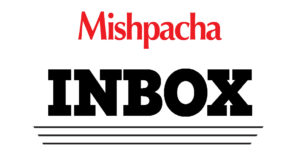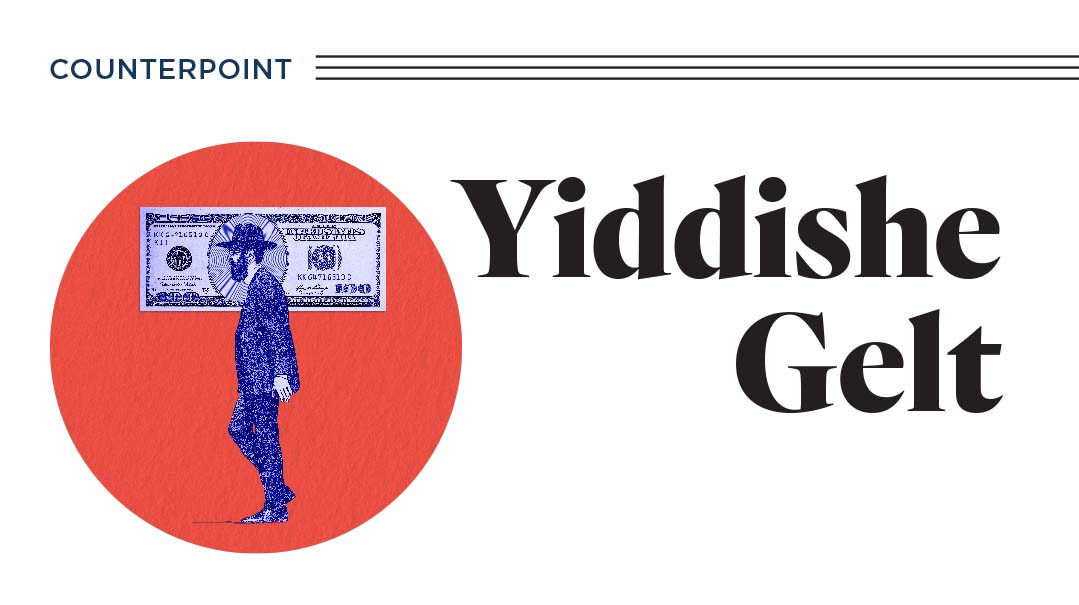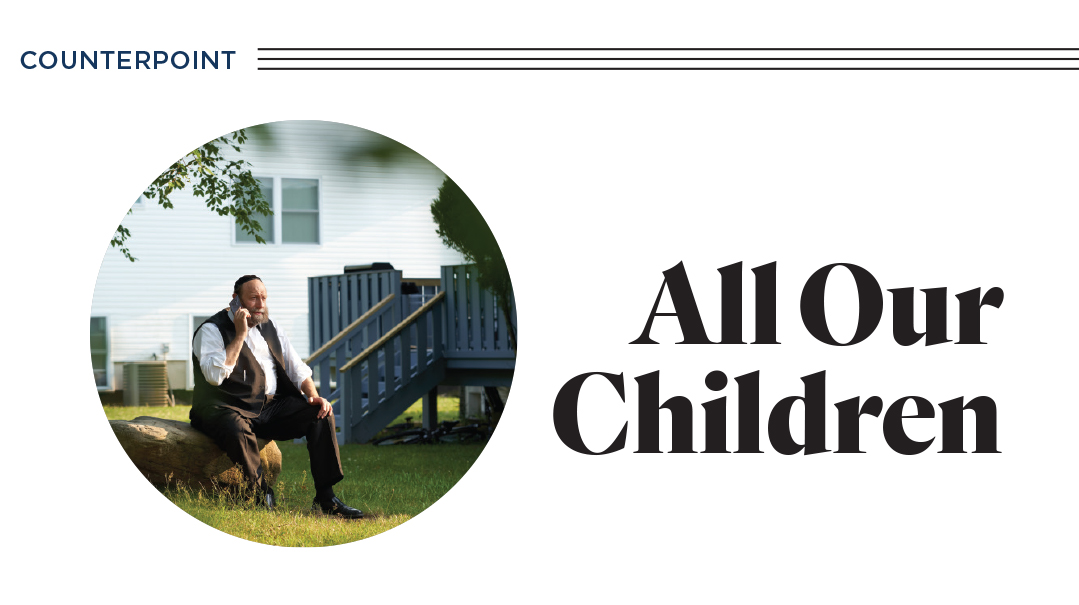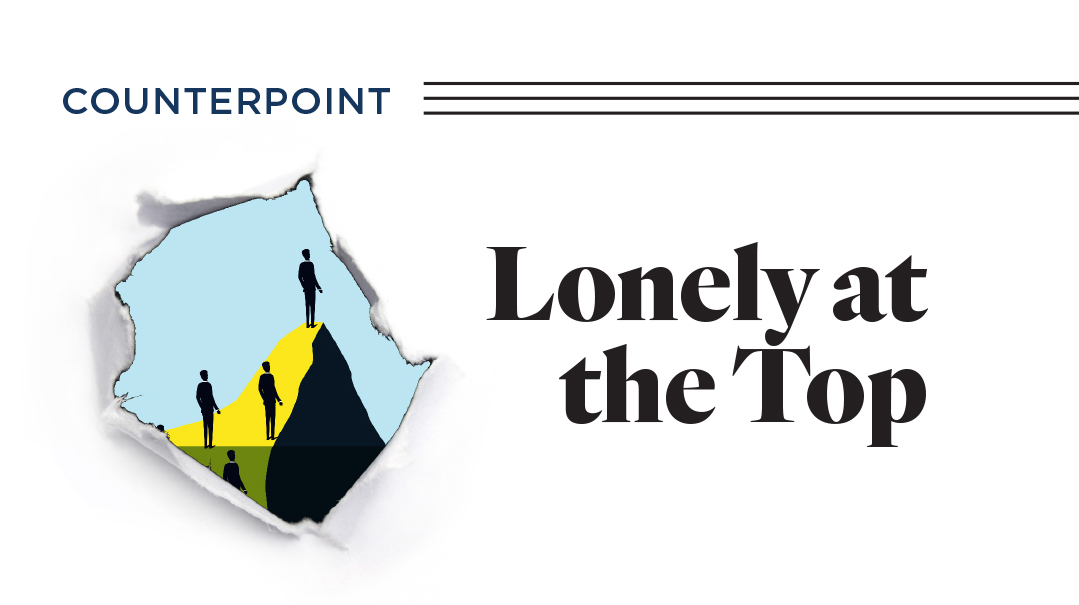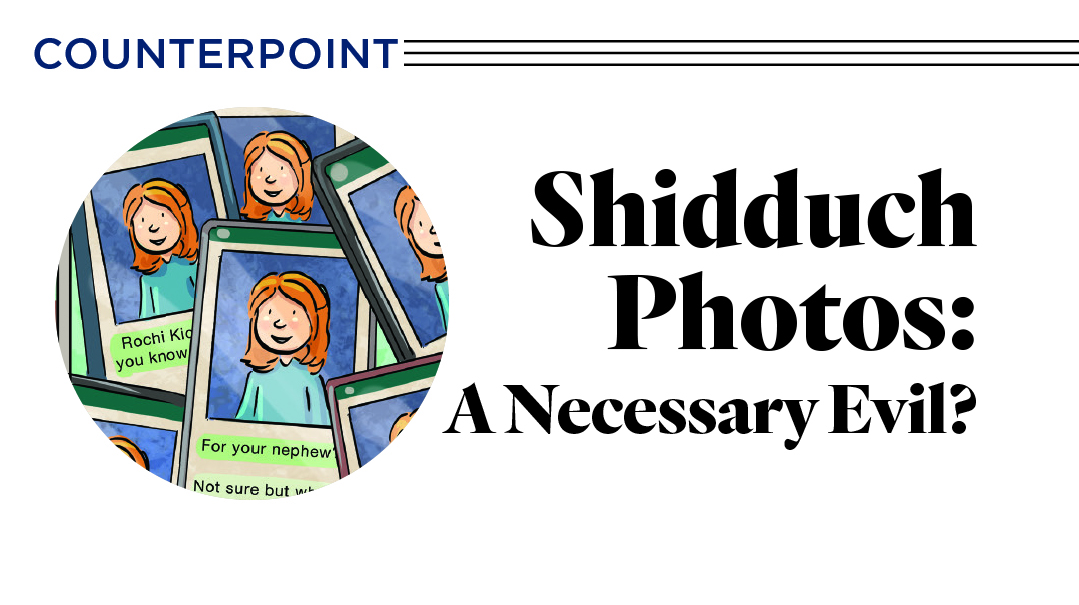All for a Good Cause
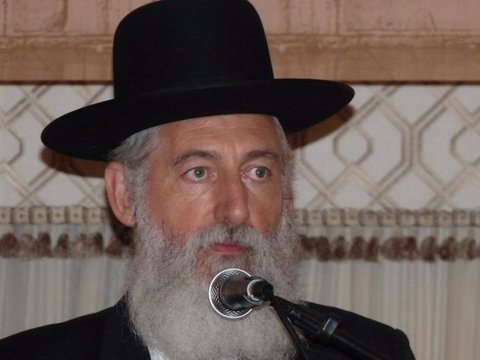
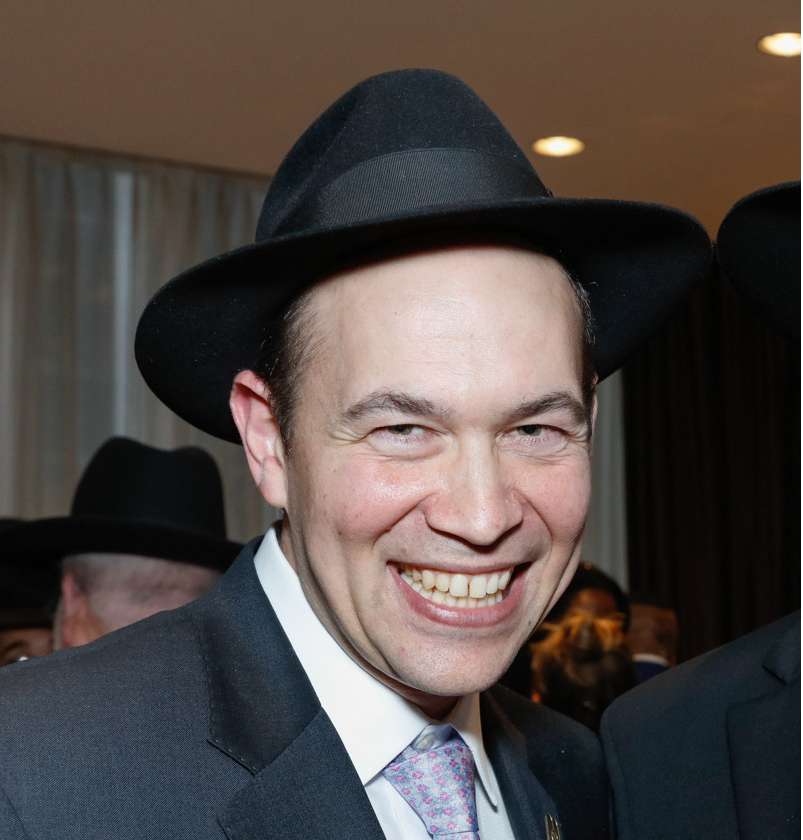
I
t’s 2018, and attracting, cultivating, and pulling in the interest of potential donors has never been harder. With all the many worthy causes, compounded with the myriad distractions in everyday life, it feels like organizations have no choice other than to work harder, finding newer, more creative venues, and fresh types of entertainment. Is this how it’s always going to be? Is it really impossible to go back to the simpler way things were?
What Used to Work — Rabbi Naftali M. Miller
The sheer number of organizational appeals and personal pleas means that mosdos cannot compete on their merits alone
As a community, our growth is, baruch Hashem, explosive. There are approximately 400 chinuch institutions in the New York area alone, and in the next five to ten years, that number is expected to double, b’ezras Hashem.
In the past, each neighborhood had one or two chesed organizations and there were just two national organizations. Today there are wonderful, vital organizations of every stripe, addressing so many pressing needs, on the local, national, and global scales. There is a school for every type of child, and chesed and tzedakah organizations with expertise in every field — on the whole, Klal Yisrael is gifted with a shimmering mosaic of mosdos.
While this growth has been a boon to our communities, it is also something of a weight on those who take responsibility for the financial well-being of our mosdos. Be they lay leaders, board members, or professional staff, these individuals bear the responsibility of ensuring that the mosdos are fiscally stable so that their vital work can continue uninterrupted. This has never been a simple task, and as the numbers grow, it becomes even less so.
The sheer number of organizational appeals, not to mention personal pleas, that reach every potential donor create a harsh reality: mosdos cannot compete on their merits alone. In a perfect world, each individual would contribute to each cause, and expensive campaigns would not be necessary. The reality, however, is that for each dollar an organization wishes to raise, it must first: educate the Klal about its work, hone the message for each type of potential contributor, and finally, create an opportunity to “make the ask,” or request for funds.
Each of these steps requires that the mosad get the attention of those with whom they want to engage. Yet in our over-programed world, in which the responsibilities of the average balabos seem to expand with each passing year, this too has become increasingly difficult. Organizations must therefore resort to new and exciting tactics, in the hopes of seizing the few minutes of attention necessary for them to make their pitch, and hopefully, their payroll. Events, A-thons, Bar-B-Q, and kumzitzes are some tools of the trade to make sure the cause is noticed.
The question, though, is whether our mosdos are acting responsibly, or even properly, in response to the times. While not presuming to speak on behalf of all organizations, I can offer an insider’s perspective based on my experience and those of my friends in the field.
First, we’re not the first ones faced with these weighty decisions. At some point in history the mode of fundraising switched from a derashah in shul to a Melaveh Malkah, and then a catered dinner. In the early part of the 20th century, some upstanding, well-regarded mosdos began running Bingo nights to attract donors. And now, once again we find ourselves at a moment of evolution: What used to work no longer does, and we must again respond accordingly.
Second, it’s important to underscore that no respectable mosad engages in any new or “edgy” form of development or fundraising without considerable deliberation, soul searching, and consultation with their halachic authority. This final step cannot be trivialized — seeking daas Torah is the only way for any organization to know whether its mission is properly focused and its fundraising activities properly executed. Thus, a connection with a true Torah leader is vital for any mosad acting l’shem Shamayim. The same rabbanim who help define organizational priorities and policies help draw the lines of what’s acceptable when it comes to fundraising.
Lastly, while many of these tactics require financial outlay, this is not always a sign of excess.
People involved with mosdos know that the money they spend is mamon hekdesh. Truthfully, it’s not logical that the ones charged with raising money would be spending those hard-earned funds haphazardly.
And so, while it is clich? to say that “you have to spend money to make money,” it’s also true. In fact, in many cases it’s the balebatim intimately involved in these institutions who understand this best, and it is they who specifically underwrite the expenses necessary to bring in new donors.
We all wish that a simple Rosh Hashanah mailing would be the most effective form of solicitation, but the reality is that in order for our mosdos to continue operating, we must be able to respond to the times.
Originally featured in Mishpacha, Issue 718. Rabbi Miller is National Director of Development at Agudath Israel of America
Put Charity Back into Tzedakah — Rabbi Feivel Mashinsky
Tzedakah has lost its glory as a lofty expression of kindness, replaced instead by tax shelters, annuities, tournaments, cigar rollers, wine tasters, and party goers
It was 40 years ago, Thursday night, parshas Terumah. I merited to participate in a shiur given by the holy Klausenberger Rebbe ztz”l, the subject of which was the changing face of tzedakah at that time. The Rebbe, in his inimitable style, portrayed what pure and pristine charity should be like. He pictured a gabbai tzedakah who runs the local fund, a Yid with the long flowing beard revered by the whole community who takes his place at the mizrach wall in the front of the shul. The affluent members of the community would stand in line waiting for the opportunity to present the gabbai with their generous donations. If the gabbai was satisfied with the amount, he’d thank the donor with a wink and a nod; if the donor was even more fortunate, he’d receive a blessing.
“Woe is to us,” bemoaned the Rebbe, “that today the only way to extract money from the wealthy members in our midst is to make lavish dinners and bestow honor on the unworthy.” The Rebbe continued, “Thirty years ago, shortly after I landed on these shores, I already protested this method of fundraising. How do we allow ourselves to bestow honorary mention and dance the hora around these dishonorable characters, as we eagerly await their handouts? Is this the Torah way, the way the Shulchan Aruch dictates to us to give and accept tzedakah?”
Seventy years after the Rebbe’s first remonstration against this style of fundraising, I can’t help but shudder as I imagine what the Rebbe would think today — how tzedakah has become a business, with all its trappings. Consultants, seminars, fundraising experts, marketing moguls, PR professionals, and PowerPoint presentations have become the name of the game. Tzedakah has lost its glory as a lofty expression of kindness, replaced instead by tax shelters, annuities, tournaments, cigar rollers, wine tasters, joy riders, party goers, and glory seekers.
Nearly 60 years ago, my father Rabbi Hershel Mashinsky, together with his partner Mr. Sam Nussbaum, took their burning desire to help their fellow Jews and established Kupath Ezrah of Rockland County. My father, in consulting with other rabbanim, adhered to the laws of Shulchan Aruch’s Hilchos Tzedakah to the utmost degree. The first and foremost directive of this charity was to distribute funds to the needy in a most discreet manner, in order to uphold the dignity of the recipients. He wouldn’t dare profile the plight of the poor in public, in order not to cause them any undo shame. Due to this utmost discretion, virtually only the poor recipients knew about the fund.
Ten years ago, at the behest of the local rabbanim who urged us to advertise, we were forced to begin a campaign to educate the masses. Slowly but surely we began edging toward the new age of fundraising. We introduced 24-hour donation hotlines, toll-free phone numbers, email, and innovative programs to simplify the donation process. The pressure began to mount to move towards this 21st century style of soliciting. I must admit that the temptation to do so was very tantalizing. Not only is the so-called “New Age Way of Giving” taking over the charity scene, but one who doesn’t conform loses trust and respect in the eyes of the masses. The bells and whistles of the high-roller tzedakah organizations have drowned out the placid voice of the gabbai tzedakah vying for the same portion of the charity pie.
And so, we drive off into the sunset of successful fundraising, with everyone crawling and groveling in order to outdo each other — and themselves — with more lavish events and more spectacular entertainment. Still, our creativity is limited — what was the “in” thing a year ago is now passé, and all the marketing moguls are scratching the bottom of their creative barrels to come up with yet a new way of pleasuring the public while they take their money. But perhaps the day will yet come when donors begin to realize the gaping void between the unadulterated holy and pure mitzvah of tzedakah and charity the way it’s given today, and will again embrace the mitzvah in the way Hashem wants from us — to give out of the genuine goodness of our hearts, following the guidelines of the Shulchan Aruch.
The Navi Michah concludes in the haftarah portion for parshas Balak we all read recently: “What does Hashem demand of you, only to do justice, to love kindness, and to walk modestly with Hashem your G-d.”
Originally featured in Mishpacha, Issue 718. Rabbi Feivel Mashinsky is director of Kupath Ezrah of Rockland County
Oops! We could not locate your form.



